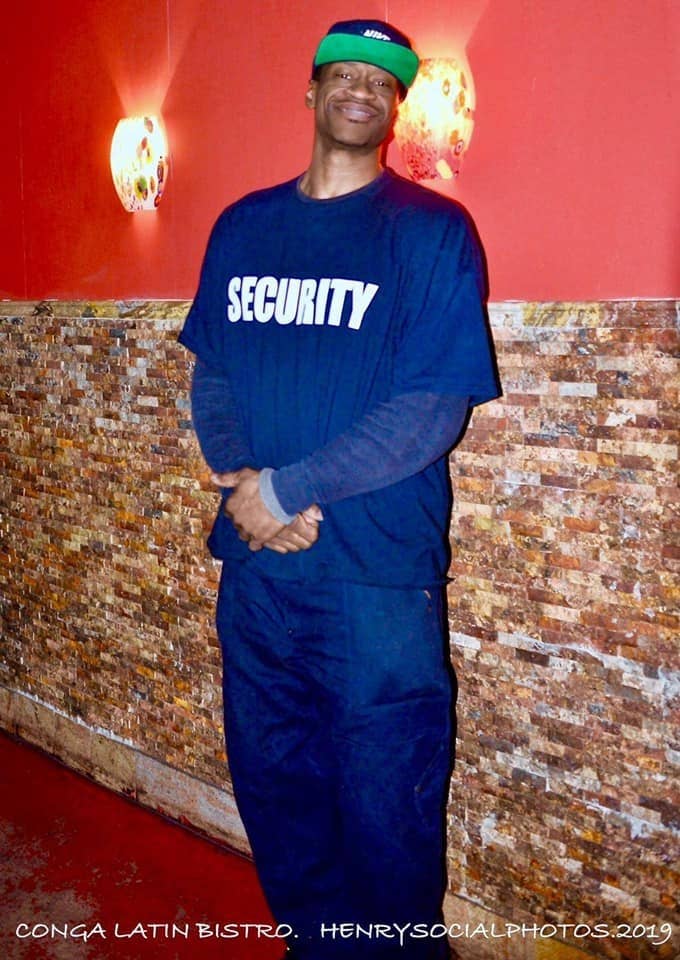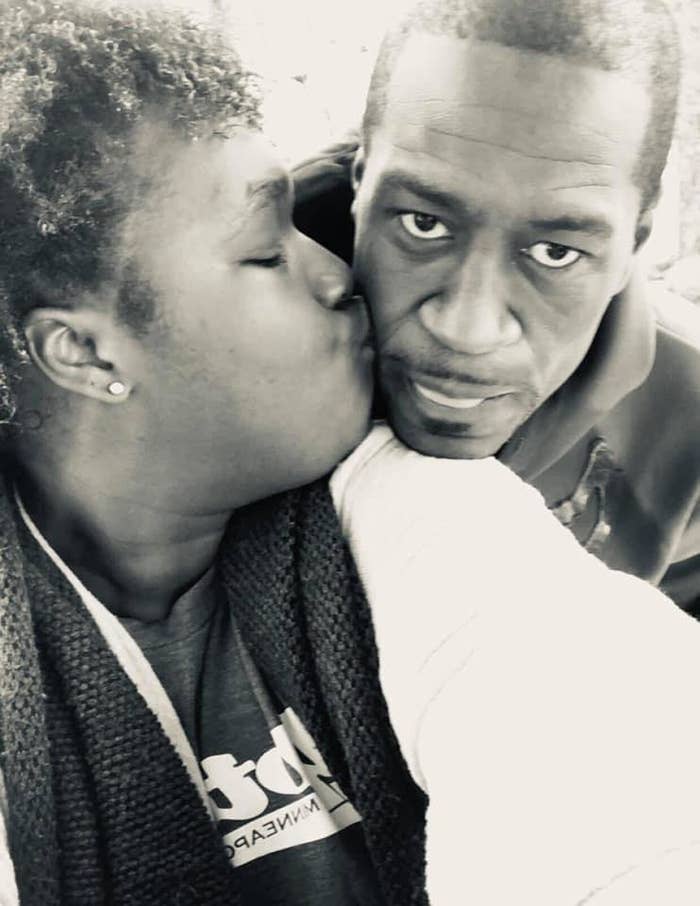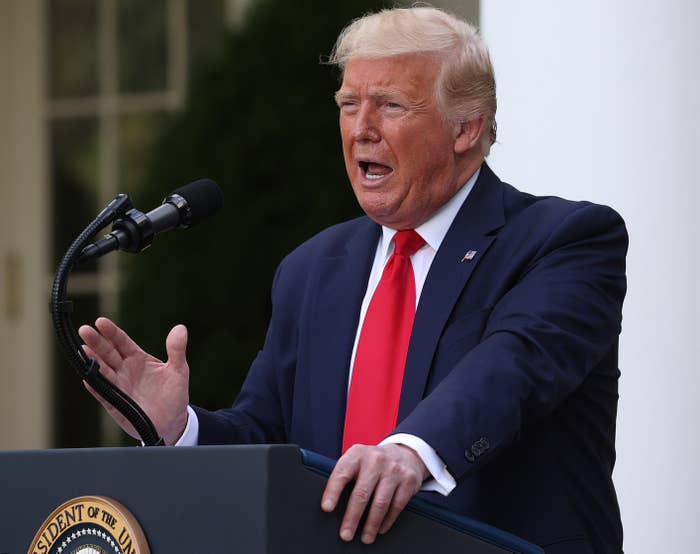Friends Say George Floyd Always Went Out Of His Way To Help People Who Were Less Fortunate
"He was articulate. He was grounded. He was spiritual. He was an athlete. He was an organizer. He was a comforter. He was an encourager."
“One day it’s going to be you and God. You’re going up or you’re going down,” George Floyd says in a video circulating on social media in which he calls on young people to avoid gun violence.
Floyd, 46, died in police custody on Monday after a white police officer pushed his knee into his neck on the ground outside a supermarket in Minneapolis. Video footage showed Floyd saying "I can't breathe" until he became unresponsive, but even then the officer continued to keep him in a neck hold.
Floyd's family did not immediately respond to BuzzFeed News' request for comment, but they, along with friends, have been sharing stories of his life online and with the media.
Floyd, also known as Big Floyd, reinvented himself over and over again. In the 1990s, he was part of a rap crew from Houston's Third Ward, working with DJ Screw, a well-known local musician.
“Floyd was my brother. We called each other 'Twin,'” former NBA player Stephen Jackson said in a video posted to Instagram on Tuesday. Jackson, who grew up with Floyd in the Third Ward, shared photos of him in his high school football uniform.
"Made it to state championship," Jackson wrote. "Bruh wasn’t no bum. Had hoop game too."
The mother of his 6-year-old daughter told the Houston Chronicle that he'd received a football scholarship to Florida State University after playing for Yates High School.
In recent years, Floyd moved to Minnesota.
"He was changing his life," Jackson said in the Instagram video. "He went to Minnesota. He was driving trucks. I just sent him up two or three boxes of clothes. My boy was doing what he was supposed to do."
Vanita Williams, a friend, met Floyd through his work driving trucks and as a security guard at a downtown Salvation Army homeless shelter.
"He was sober. He showed me resources," Williams said. "He gave us hugs and told us it was going to be OK. He told us we could make it. He was such a big brother to me."
Williams said Floyd embraced people of all backgrounds, including trans people, sex workers, people experiencing homelessness, and people with addictions.
"He gravitated towards the less fortunate," Williams said, "the downtrodden, the ones they said wasn't going to make it."
She said Floyd would give people a few dollars, new clothes, or whatever small thing he could.
"Whatever he needed to do, he would help you," she said.
He also worked as a security guard at Conga Latin Bistro in Minneapolis.
"This person was my employee, and a very good friend," Jovanni Thunstrom wrote on Facebook. Thunstrom also told local station KSTP that Floyd would drive patrons who were drunk home to make sure they were safe.
“He wanted me to teach him how to Bachata dance," Thunstrom said. "And I gave up because I couldn't turn him because he was [6 feet 6 inches]."

Facebook
His former girlfriend Christina Dawson shared photos of Floyd smiling, wearing his security T-shirt, and cuddling a dog.
"They really killed my baby!!" she posted. "THAT KING DID NOT HAVE TO DIE BEFORE HIS TIME."
Floyd was popular with women because of his charm and height, Williams said.
"There’s going to be so many women going to come out of the woodwork when they hear," she added. "He was a big teddy bear."
She added, "You could talk to a thousand people and nobody is going to have anything bad to say about him."
His brothers and cousin also spoke to CNN's Don Lemon about their search for justice after the four officers involved were fired.
"It definitely warms my heart to see we have so many people willing to support and to protest and to give him a voice," said his cousin Tera Brown, "and keep this going because he was a very loving person. And he didn't deserve what happened to him."
His friends agreed.
"He was articulate. He was grounded. He was spiritual. He was an athlete. He was an organizer. He was a comforter. He was an encourager," Williams told BuzzFeed News. "I could just go on and on and on about who he was."

















